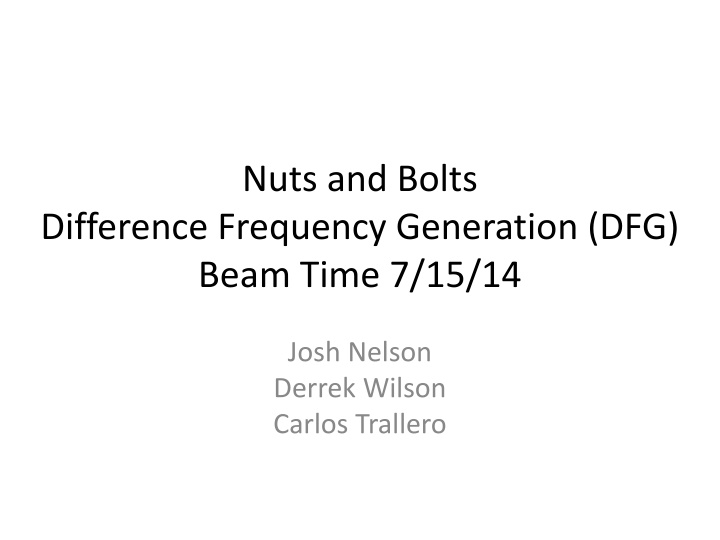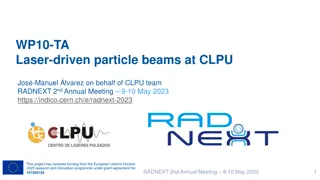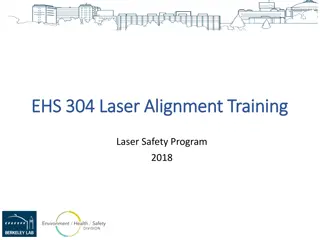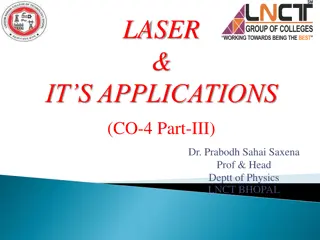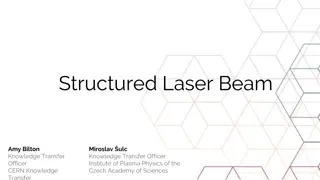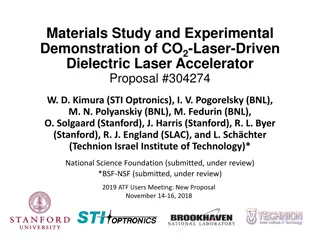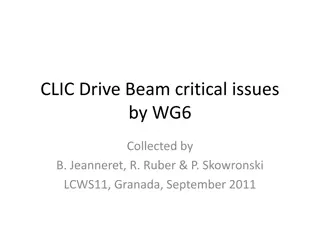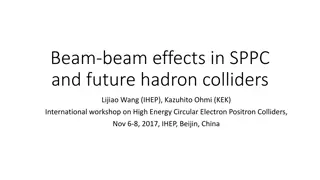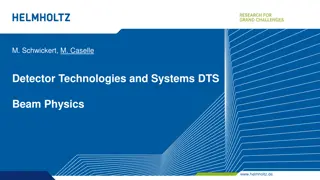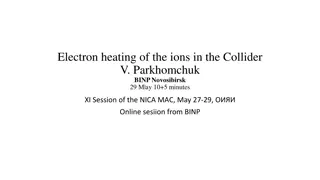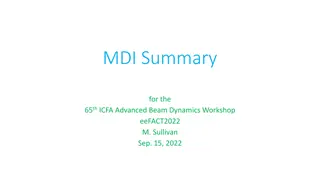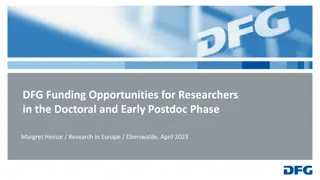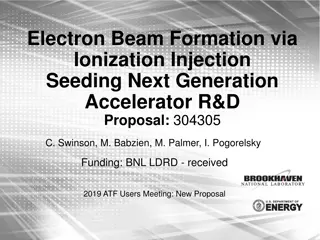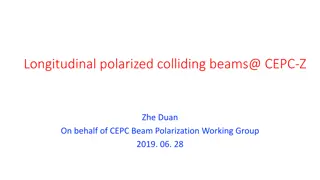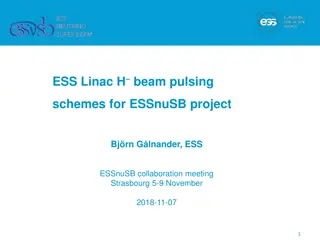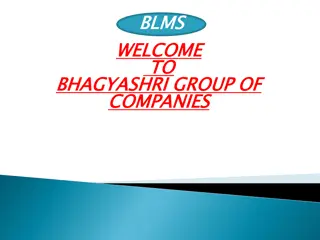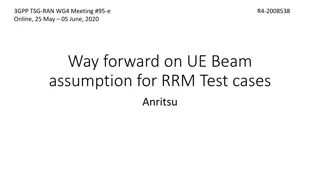Exploration of Difference Frequency Generation (DFG) for Laser Beam Generation
Examining the process of Difference Frequency Generation (DFG) for creating laser beams, establishing signal and idler wavelengths, and optimizing power output. The study delves into conservation of energy and momentum principles, showcasing experimental results and proposing future improvements for enhanced control and applications.
Download Presentation

Please find below an Image/Link to download the presentation.
The content on the website is provided AS IS for your information and personal use only. It may not be sold, licensed, or shared on other websites without obtaining consent from the author.If you encounter any issues during the download, it is possible that the publisher has removed the file from their server.
You are allowed to download the files provided on this website for personal or commercial use, subject to the condition that they are used lawfully. All files are the property of their respective owners.
The content on the website is provided AS IS for your information and personal use only. It may not be sold, licensed, or shared on other websites without obtaining consent from the author.
E N D
Presentation Transcript
Nuts and Bolts Difference Frequency Generation (DFG) Beam Time 7/15/14 Josh Nelson Derrek Wilson Carlos Trallero
Goals Create DFG from signal and idler (OPA) Confirm that a beam from DFG is produced
OPA Signal = 1000 1550 nm Idler = 1600 2500 nm signal Pump Beam OPA idler Conservation of Energy and momentum give out signal and idler
DFG Process DFG Signal Idler Conservation of Energy s i = DFG Conservation of Momentum Ks Ki = KDFG
Setup for DFG AgGaS2 (silver thiogallate) Block S S KLS 2 mJ, 2 KHz, 30 fs OPA 0.5 mJ for S + I I 800 nm DFG crystal I Power Meter DFG Germanium Window
Signal = 1470 nm Idler = 1750 nm 1/ s 1/ i = 1/ DFG DFG = 9200 nm Energy Split: S = 83% I = 17% Data Showed Phase Matching
Signal = 1450 nm Idler = 1705 nm 1/ s 1/ i = 1/ DFG DFG = 9700 nm Energy Split: S =66% I = 34% Data Power after OPA = 1 W Powers of variating setups 12 10.5 mW 10 8 Power (mW) 6 4 2 1.2 mW 1.0 mW 0 DFG and Germanium Germanium Germanium and Calcite Variating Setups Calcite aligned so that signal and idler lose overlap in time
Conclusion/Future Effectively demonstrated DFG procedure Found the wavelength of DFG in which gives us the largest power Future: Change setup to allow for better control over time overlap of signal and idler Use setup on HITS
